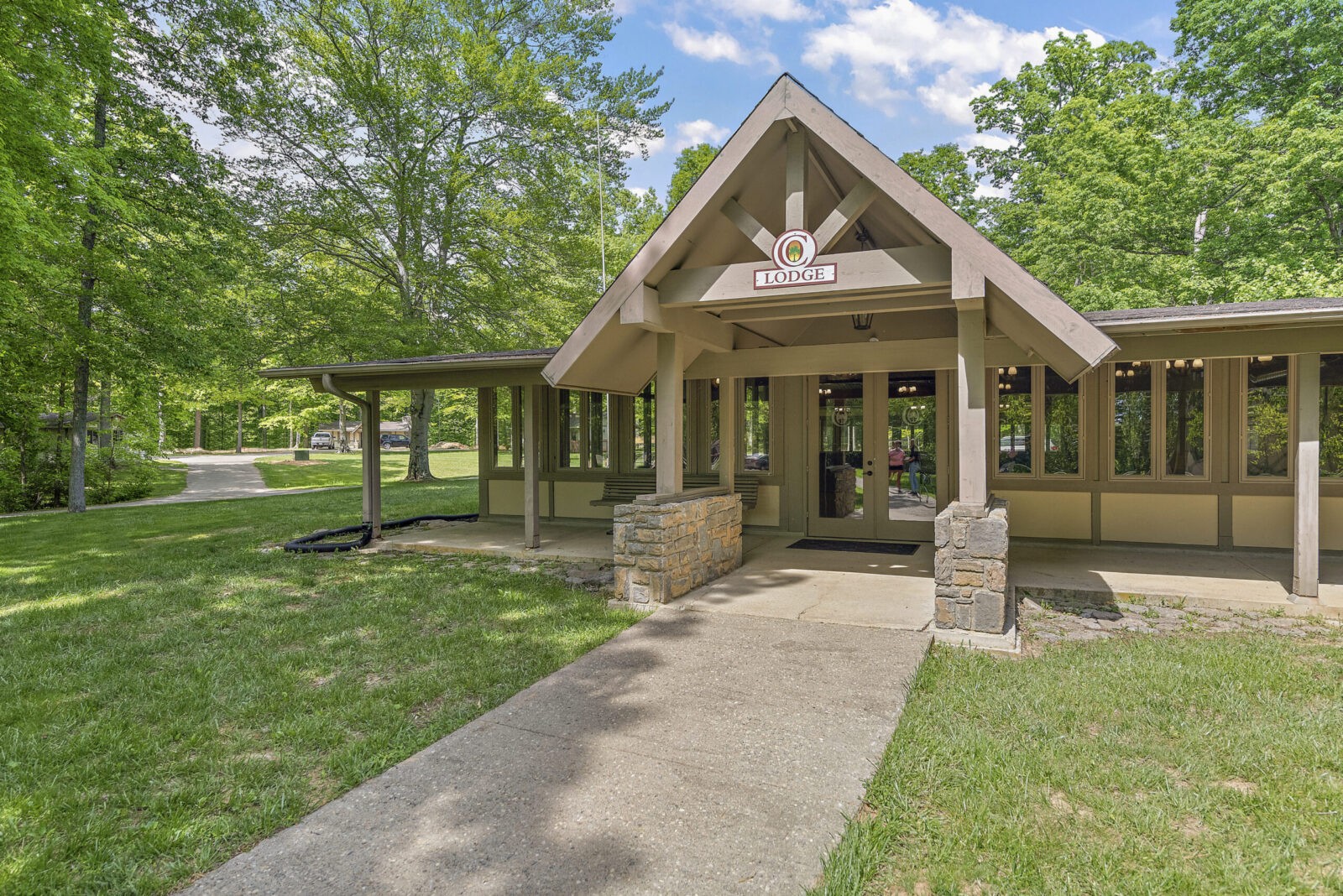
- Home
- Who We Are
- Treatment Programs
- What We Treat
- Resources
- Get Started



The abuse of opioids – both prescription and natural, like heroin, as well as synthetic, such as fentanyl – started in the late 1990s when pharmaceutical companies assured the public that their opioids were not addictive. Unfortunately, they were wrong.
If you or someone you loved is addicted to opiates, you deserve to be helped by a team of professionals who have treated this type of addiction before. Cedar Oaks Wellness Center offers a specialized opiate addiction treatment program in Cincinnati that can be personalized to each client’s needs and goals. Asking for help can be challenging, but giving us a call can be your first step towards turning around your life.

Opioids can be natural, synthetic, or semi-synthetic. Though opioids and opiates are terms that are often used interchangeably, they technically refer to different types of drugs. Opioids can refer to all types of opioids, while opiates refer to natural opioids.
Common types of opioids include:
Though these drugs are commonly referred to as painkillers, they don’t fall under the same category as relatively harmless painkillers that can be sold over-the-counter, like aspirin and Tylenol. Some of these opioids are prescribed, but many, like heroin, are known as street drugs and sold illegally.
Regular use of opioids, even if prescribed by a medical professional, can lead to dependence and addiction. As of 2017, more than 47,000 Americans died from an opioid overdose, which is a common risk among users struggling with addiction.

The term “opiate” applies to natural opioids that include drugs like heroin, morphine, and codeine. Our center offers a wide range of treatments for people with these drug addictions, including medication-assisted treatment, group therapy, recovery coaching, and therapy classes. We also have a separate treatment program for people who are addicted to fentanyl.
The commonly abused opiates can be broken down as follows:
Morphine was originally developed from the opium poppy plant and concentrated poppy straw and used to relieve severe pain, but it has the potential to be extremely addictive because of its effects on the brain. Morphine can be taken in the form of a tablet or syrup, though it can also be injected or smoked. People are often first introduced to morphine when they use it after major surgeries or to treat their cancer-related pain.
Heroin is made from morphine and can come in various forms, from white or brown powder to a black sticky substance. Originally intended to be less addictive than morphine, heroin has turned out to be far more potent than morphine and is considered the most addictive drug in the world. Heroin users usually inject, sniff, snort, or smoke heroin, and many people with addictions will mix heroin with other drugs, like crack cocaine. Beyond the risk of developing an addiction, heroin usage also puts users at a higher risk of contracting HIV and hepatitis C if it’s injected with unsterilized needles. Heroin overdose often results in slowed breathing, which can cause further damage like brain damage, induced coma, and death.
Codeine is an opiate that is often prescribed to treat mild to moderate pain, and it’s also used in cough syrup. The drug is the most commonly ingested opiate and once it reaches the brain, it impacts the reward center to produce addictive feelings like pleasure. Many people who have codeine addictions ingest the drug in a syrup mixed with soda or alcohol – in the South, “purple drank” or "lean" are common street names used for this type of mixture. People who are addicted to codeine may experience a decreased appetite, weight loss, anxiety or depression, mood swings, and more.

Recovery involves behavioral and cognitive therapy. Our Cincinnati team can help you treat your opiate addiction when you call us at 1-866-902-2994.
Opioid addiction is also known as opioid use disorder, which refers to the inability to stop using opioids, as well as the behavior that can interfere with a person’s daily life. People who are addicted to opioids or opiates may suffer negative withdrawal symptoms when they stop using drugs, such as nausea or sweating.
Some common behavioral and physical signs of addiction include:
Recovery from opiate or opioid addiction can seem like an uphill battle, but it is not impossible. Our opioid rehab professionals at Cedar Oaks Wellness Center can help you overcome both the physical and mental aspects of your addiction and equip you with the tools you need to live a life of sobriety. We’ll never shame you for your struggles and will walk with you step-by-step towards a brighter future.


Just like every person is different, so to is everyone’s journey of recovery. At Cedar Oaks Wellness Center we realize this, and work with you to take the first step wherever you are on your journey.

©Copyright 2025 Cedar Oaks Wellness – Ohio Drug & Alcohol Rehab